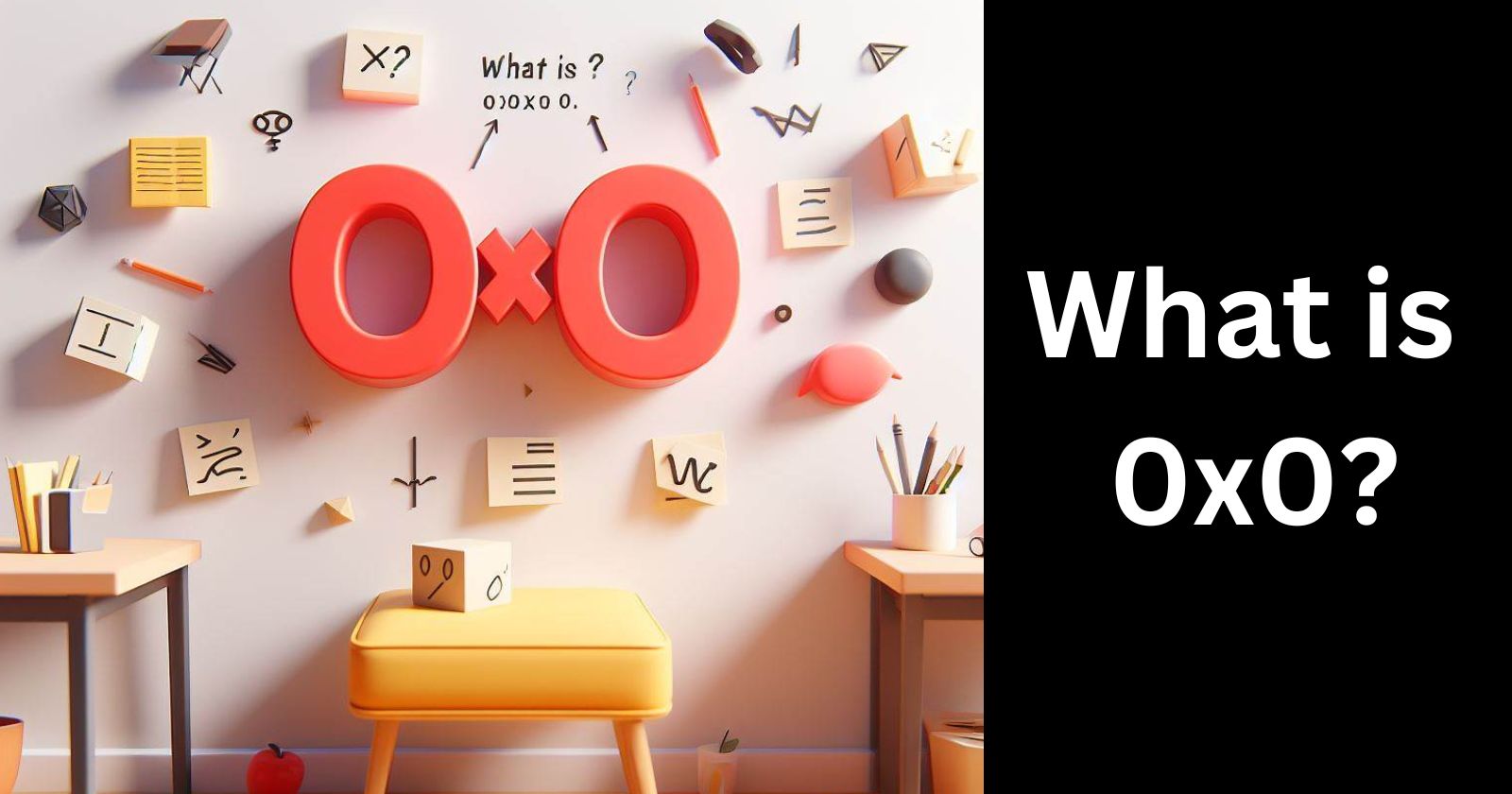What is 0x0? A Simple Explanation
 Pratik M
Pratik M
The term "0x0" refers to a hexadecimal number, specifically the number zero. Hexadecimal (or "hex" for short) is a numbering system often used in computer programming and other technical contexts to represent binary values in a more human-readable way.
The Breakdown of 0x0
Let's break the term down:
The "0x" at the start indicates that the following digits are being expressed in hexadecimal format. This is similar to how a number prefixed with a "$" indicates a currency value.
The "0" simply represents the number zero.
So put together, 0x0 stands for the hexadecimal representation of the decimal number zero.
Hexadecimal Number Systems
To understand why 0x0 is used, it helps to know a little bit about hexadecimal numbers. Hex is a base-16 numbering system used because it can easily represent binary values.
This is useful in computing and programming because, at the lowest level, computers store all data as sequences of bits (1's and 0's). Hex provides a more compact and recognizable way of seeing and manipulating these binary values.
Some key things to know about hex numbers:
Uses 16 distinct digits, 0-9 and A-F
Each digit represents 4 bits of binary data
Allows binary data to be visually parsed more easily
So in hex, the number zero is represented in short form as 0x0. The equivalent binary value would be 0000 0000, which is not as clean and readable.
Common Uses of 0x0
The term 0x0 is commonly used in a variety of technical situations:
Memory addresses: 0x0 typically represents the starting address location in a system's memory or storage space. Seeing a memory pointer with a value of 0x0 means it is pointing to the very first address.
Null/empty values: 0x0 can be used in programming to indicate no value or null data. This is the same thing as decimal 0 or binary 0000 but in hex format.
Default initializations: Variables in code are often initialized to 0x0 by default before any other value is assigned. This assures the variable starts empty or is set to a known value.
So in summary, 0x0 represents a zero value, but specifically calls out that it is a hexadecimal representation. This allows it to be easily distinguished from decimal zeros or binary zero strings when dealing with low-level programming operations and memory locations. The prefix makes the formatting clear.
Why Use Hexadecimal?
Hexadecimal provides a few key advantages which is why it is commonly used:
More concise than binary for representing memory addresses and data fields
Allows data to be manipulated more conveniently in debuggers and low-level software tools
Displays smoothly alongside other base-10 formatted statistics when debugging
Familiar numbering scheme compared to long binary strings
So while some find the hex format cryptic at first, its advantages in technical applications lead to widespread adoption in fields like embedded systems and game programming.
Converting Between Bases
Since hexadecimal serves as an interface between binary and decimal systems, conversions may be necessary:
| Decimal | Binary | Hexadecimal |
| 0 | 0000 0000 | 0x0 |
| 10 | 0000 1010 | 0xA |
| 16 | 0001 0000 | 0x10 |
As shown in the table above, hex allows the simple mapping between formats while maintaining readability no matter what base system someone is working in.
Summary
Essentially, the term "0x0" simply provides an explicit indication that the number zero is being expressed in hexadecimal numbering format. The prefix 0x signifies hex, while the 0 digit completes the value. Hex is commonly used in technical situations involving low-level programming, memory addresses, and manipulation of binary data.
So the next time you see 0x0, you'll know it refers to the hexadecimal representation of zero!
Subscribe to my newsletter
Read articles from Pratik M directly inside your inbox. Subscribe to the newsletter, and don't miss out.
Written by

Pratik M
Pratik M
As an experienced Linux user and no-code app developer, I enjoy using the latest tools to create efficient and innovative small apps. Although coding is my hobby, I still love using AI tools and no-code platforms.